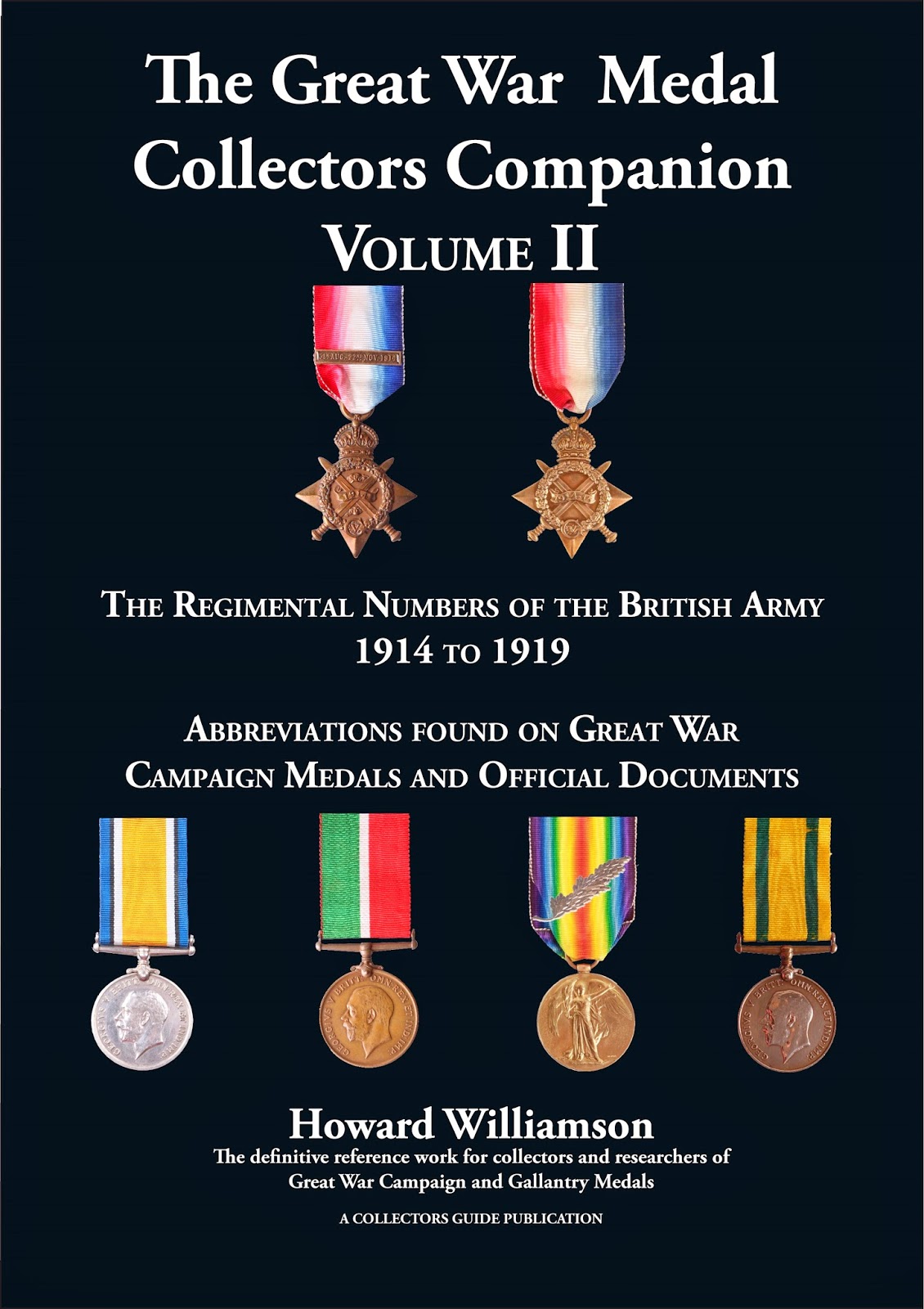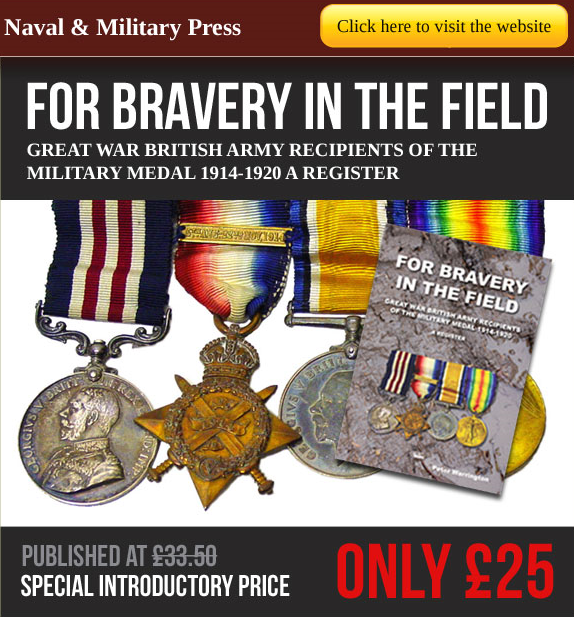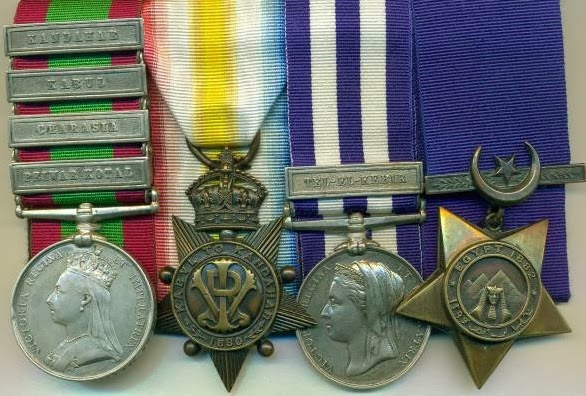1982
Qualification:
Awarded to British military personnel and civilians for service in the 1982 Falklands War between the United Kingdom and Argentina. It was announced on 18th December 2014 that the medal was also to be awarded to the Falkland Islands (in the same way that Malta was awarded the George Cross).
Description:
Cupronickel, 36mm in diameter. The obverse bears a crowned effigy of Queen Elizabeth II facing right. The reverse depicts the Falkland Islands coat of arms over a laurel wreath with the words, SOUTH ATLANTIC MEDAL above.
Ribbon:
A central stripe of sea green flanked on each side by equal widths of white and watered and shaded "Empire blue".
Suspension:
A fixed bar suspension.
Naming:
Impressed with initials, surname, rank or rating, and regiment.
Clasps:
None. A rosette to be worn on the ribbon was awarded to recipients who served for at least one day within 35° and 60° South latitude or who took part in at least one operational sortie south of Ascension Island, between the date of the Argentine invasion on 2nd April 1982 and the date of the Argentine surrender on the 14th June 1982.
The medal on its own was awarded for 30 days continuous or accumulated service between 7° and 60° South latitude between 2nd April and 14th June 1982.
Acknowledgements:
Image courtesy of Wikipedia.
























2BSQzQzqFZw~~60_12.jpg)




